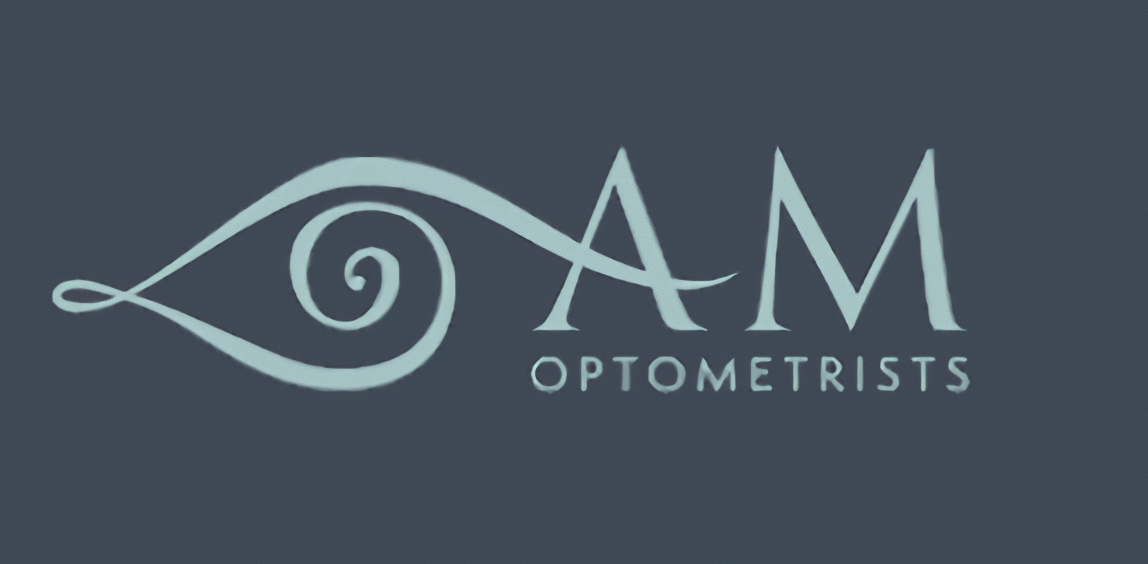Dry Eyes
Interested in a dry eye consultation?
Very often patients complain of suffering from hot, gritty eyes, or a generalised feeling of dryness, particularly at the end of the day.
These complaints are very commonly found in patients whose job requires them to stare at small figures for many hours (for example, VDU operators) and in those patients who suffer from arthritis.
The primary reason behind this is that one or more of the three components of the tear film is present in an abnormally low quantity. As the day progresses the amount of tear fluid held against the eye gradually begins to evaporate, and eventually the amount of fluid becomes so reduced that it is no longer able to sufficiently lubricate the eyelid as it blinks across the cornea.
This produces several dry patches on the cornea, resulting in patients complaints that their eyes "feel like sandpaper". Somewhat surprisingly, some patients occasionally suffer from very "watery eyes". This copious tearing occurs as a reflex response to the irritation which occurs due to the lack of production of lubricating tears.
This dryness of the eyes, known medically as " Keratoconjunctivitis Sicca", can be seen at any age in either sex. When it is associated with a dry mouth and one of the collagenovascular disorders (eg. rheumatoid arthritis) it is called "Sjogren's Syndrome"
The diagnosis of a "dry-eye" is achieved by the optometrist conducting various diagnostic tests. You can book a dry eye consultation with reception.
Dry eye is a chronic condition which can be managed but not cured, however due to recent advances various treatment options are available, these specifically include treatments for blepharitis (redness and crusting of the eyelids) and meibomian gland dysfunction, meibomian glands produce an oily component of the tears called meibum.
For patients whose problem stems from their use of VDU's the most likely relief will be achieved by ensuring that they blink regularly, break fixation from the screen every 15 minutes or so, use of artificial tears can help with discomfort.
For those patients whose problems are caused by arthritis the most likely relief will be achieved by the regular use of artificial lubricants called "artificial tears". There are several varieties available, whose mode of action varies depending upon the type. It is worth noting that if one type fails then another may work extremely well. These are available from Maltings Eyecare without prescription.
These drops may be instilled inside the lower lid as required, depending upon the severity of the problem. For night time non-medicated lubricating ointments such as "Lacrilube" can also be used. However their formulation means that they are generally unsuitable for use in the day, as they "smear" vision too much. Their use should be restricted to late at night, immediately before retiring for bed.



